With its temperate climate, New Zealand has become an ideal location for shrimp aquaculture industry has grown exponentially over the past decade. Shrimp farming in New Zealand is an important industry that provides employment and economic opportunities throughout the country. Shrimp farming is an important part of New Zealand’s aquaculture industry, and shrimp are farmed in marine and freshwater environments.
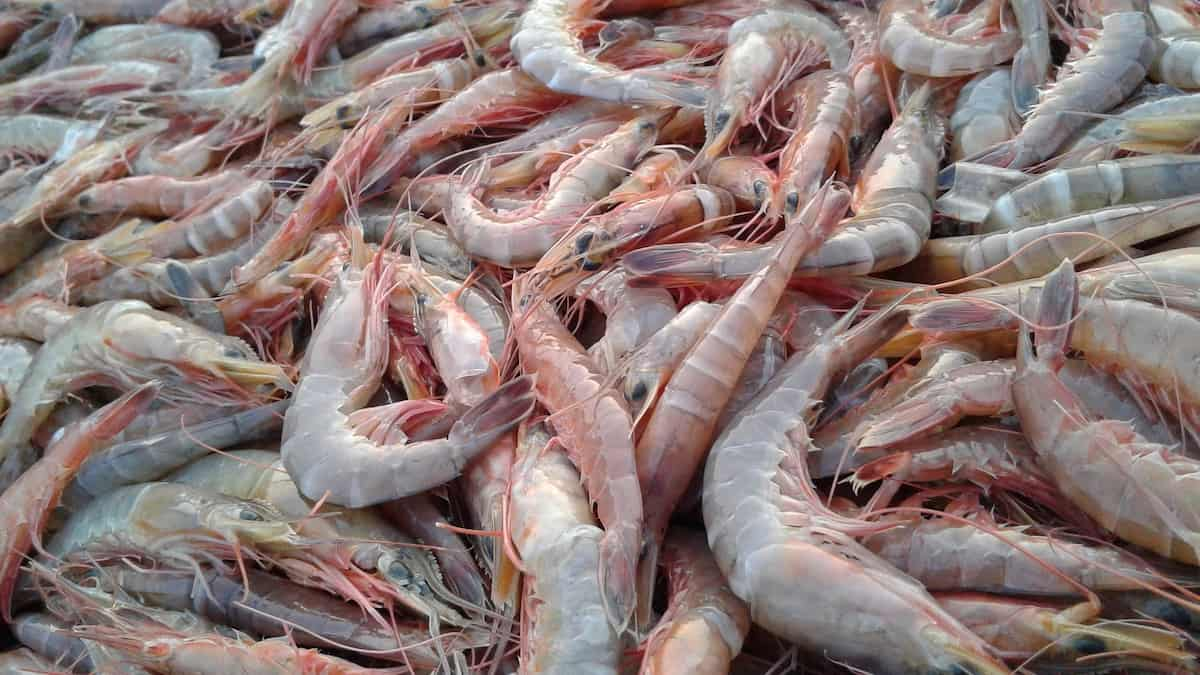
How to start shrimp farming in Newzealand
What is shrimp farming?
Shrimp farming in New Zealand is raising shrimp in captivity for human consumption. It typically involves using artificial tanks or ponds, where shrimp are grown to maturity. In New Zealand, shrimp farming is a relatively new industry that is growing in popularity. The country has a long coastline and a moderate climate, which is ideal for shrimp farming.
There are also many areas of a freshwater habitat that can be used for shrimp farming. In addition, shrimp farming is an efficient and environmentally friendly way to produce seafood. In New Zealand, shrimp farming is an important industry on the North Island, employing over 500 people.
Key rules for starting shrimp farming in New Zealand
- Firstly, you must obtain a permit from the Ministry for Primary Industries. This is essential, as shrimp farming is classified as an aquaculture activity.
- Secondly, you want to be aware of the environmental conditions required for shrimp farming. Shrimp thrive in warm waters, so you must ensure that your farm is located in an area where the water temperature is suitable. You will also need access to good-quality water, which is essential for your shrimp’s health.
- Thirdly, you need to create the right environment for your shrimp. This includes sheltering them from predators and ensuring that the water quality is maintained at a high level.
- Fourthly, you need to monitor your shrimp closely. This means regularly checking on their health and growth and ensuring they are getting enough food. If you notice any problems, it is important to address them immediately.
- Finally, it would help if you were prepared for possible disease outbreaks. While shrimp are generally quite resilient, there is always the risk of disease spreading through a farm. Therefore, it is important to have the plan to deal with this eventuality to minimize losses.
In case you missed it: Goat Farming in New Zealand: Breeds, How to Start, Tips, and Ideas
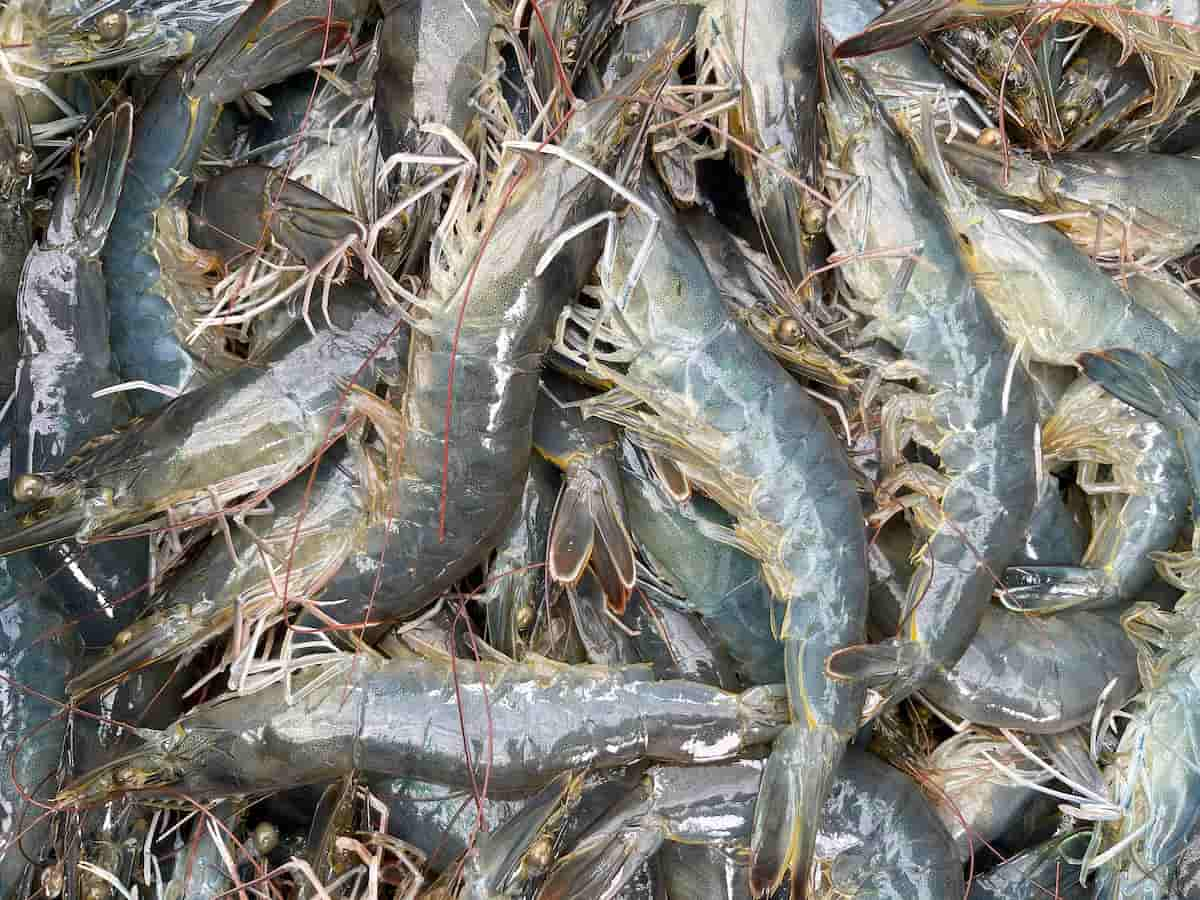
Shrimp farming species in New Zealand
Many species of shrimp can be found in New Zealand, including the giant tiger shrimp, common brown shrimp, and Pacific white shrimp. There are two main types of shrimp farmed in New Zealand: giant river prawns and common freshwater prawns. Both species are native to New Zealand and are well-suited to the country’s climate. Some other important shrimp species are Paratya curvirostris, Heterosquilla tricarinata, Metanephrops challenger, Norway lobster, Palaemon affinis, Arcitalitrus sylvaticus, Alpheus novaezealandiae.
Site selection for shrimp culture in New Zealand
Several factors to consider when selecting a site for shrimp farming in New Zealand. The first is climate. New Zealand has a temperate climate, with average temperatures ranging from 18-25°C. This makes it ideal for shrimp farming, as they require warm water to thrive. Another important factor is the availability of freshwater. Shrimp farms need large amounts of freshwater to maintain the correct water quality for the shrimp. New Zealand has many rivers and streams, making it a good choice for shrimp farming.
In case you missed it: Dairy Farming in New Zealand: How to Start, Breeds, A Step-By-Step Guide for Beginners
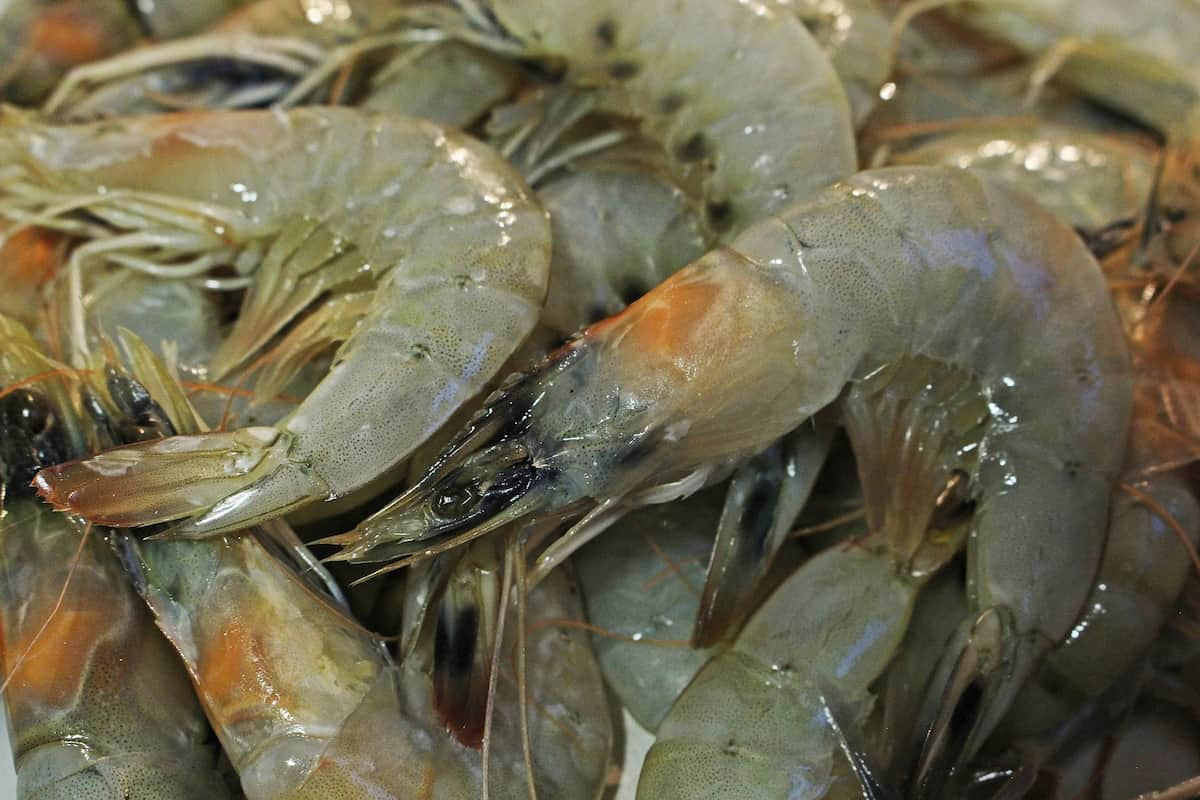
The last factor to consider is the proximity to markets. Shrimp farms need to be close to markets where they can sell their product. This is important as fresh shrimp are perishable and must be sold quickly after harvest. New Zealand has many coastal towns, making it easy to find a market for shrimp farm products.
Are shrimps profitable in New Zealand?
Yes, shrimps are profitable in New Zealand. They are a popular seafood item and are in high demand. Shrimp farming is a relatively new industry in New Zealand but has been growing rapidly. There are currently around 40 farms in the country, most of them located on the North Island. It is the country’s third-largest seafood export and employs over 1,000 people.
Shrimp farming is important to New Zealand for several reasons. Firstly, it is a significant contributor to the economy. Secondly, it employs a large number of people. Thirdly, it provides a valuable source of protein for both human consumption and animal feed. Fourthly, shrimp farming is an environmentally sustainable form of aquaculture.
Start shrimp farming business plan in New Zealand
- Do your research: The first step is to do your homework and learn about shrimp farming. This includes understanding the different types of shrimp, the environment they need to thrive, and the equipment and supplies you’ll need to get started.
- Create a business plan: Once you understand the shrimp farming business, you’ll need to create a detailed business plan. This should include your financial goals, target market, operating costs, and marketing strategy.
- Obtain funding: Unless you have significant personal savings, you’ll need funding for your shrimp farm start-up. This may come from loans, investors, or government grants.
- Choose your location: Shrimp farms can be located in fresh and saltwater environments. You’ll need to choose a location that meets the needs of your specific type of shrimp while also being accessible to markets for selling your product.
- Select a suitable location: Once you have a business plan, you’ll need to find a suitable location for your farm. Shrimp can be farmed in saltwater and freshwater environments, so you’ll need to decide which is best for your operation. You’ll also need to obtain the necessary permits and licenses from the New Zealand government.
- Build or purchase infrastructure: Shrimp farms require specialized infrastructures such as tanks, pumps, filters, and aerators. Again, you can either build this or purchase it from a supplier.
- Stock your tanks: Once your infrastructure is in place, you’ll need to stock your tanks with shrimp fry (baby shrimp). You can either raise these yourself or purchase them from a hatchery.
In case you missed it: Greenhouse Farming in New Zealand: How to Start, Crops, and Benefits
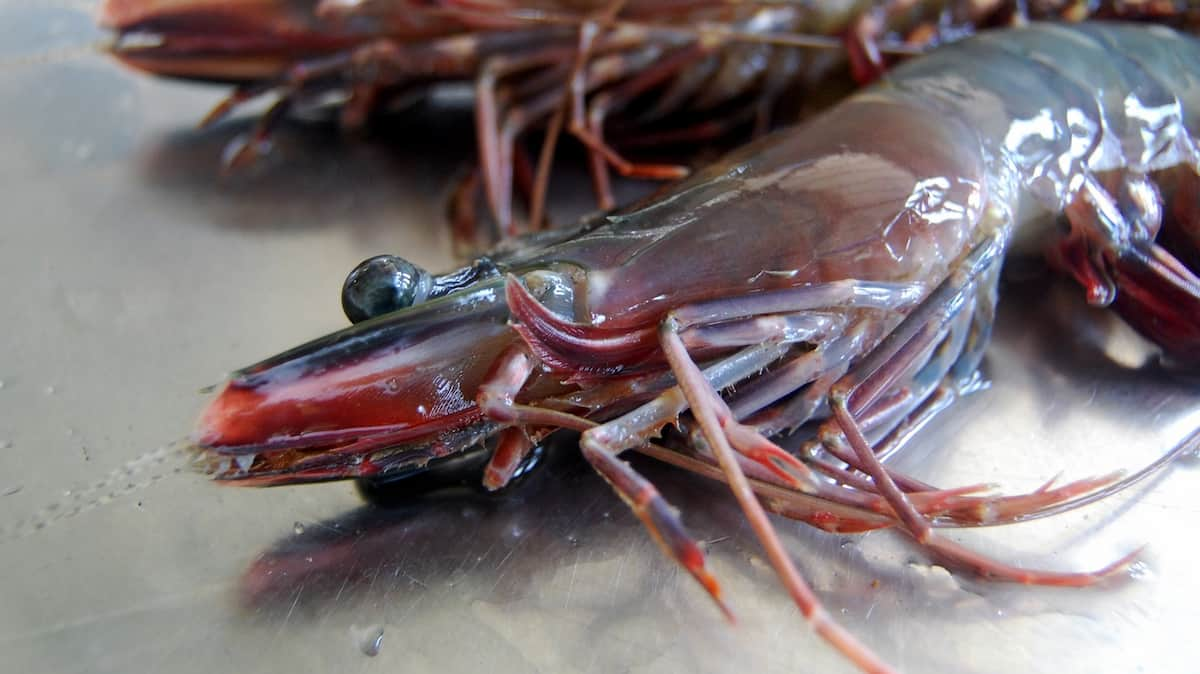
Shrimp farming set up cost in New Zealand
The set-up cost for shrimp farming in New Zealand can vary depending on the size and scale of the operation. For a small farm, the start-up costs may be around NZD 10,000. The set-up costs for a larger commercial farm could be as high as NZD 1 million. Start-up costs will include the cost of land, infrastructure, equipment, and stock. The type of shrimp you want to farm will also affect the set-up cost – for example, Pacific white shrimp are more expensive to rear than tiger shrimp.
Managing the shrimp farm in New Zealand
- Shrimp farming in New Zealand is a challenging but rewarding business. To be successful, it is important to have a good understanding of the shrimp farming process and the specific needs of shrimp in New Zealand.
- Shrimp need clean, salt water to thrive. Make sure your farm is located near a good saltwater source and that your farm’s water supply is regularly tested and treated if necessary.
- Shrimp are very sensitive to changes in temperature and salinity. Therefore, carefully monitor these levels in the water at your farm, and take steps to maintain stability.
- Shrimp need plenty of food to grow and produce quality meat. So be sure to provide a nutritious diet for your shrimp, including live and prepared foods.
- Good shrimp husbandry practices are essential for preventing disease and maintaining healthy stock. Pay close attention to bio-security measures, water quality, and other factors that can impact the health of your shrimp population.
Water quality for shrimp farming in New Zealand
It is the most important factor in shrimp farming. In New Zealand, shrimp farmers must ensure that their water meets certain standards to maintain a healthy and productive farm. Shrimp require high-quality water to thrive. The water must be clean and free of pollutants, chemicals, and other harmful substances. In addition, the water must have the correct pH and salinity levels. These factors are all important in maintaining a healthy shrimp farm.
Water quality testing is essential to ensure that the water on your farm meets these requirements. Many different tests can be performed, and it is important to work with a qualified professional who can help you choose the right tests for your shrimp farm. Regular water quality testing will help you identify any problems early on so that they can be corrected quickly. This will help you avoid potential issues that can lead to a decline in production or even the death of your shrimp.
In case you missed it: How to Start Sheep Farming in New Zealand: Breeds, Management, Loans, and Profits
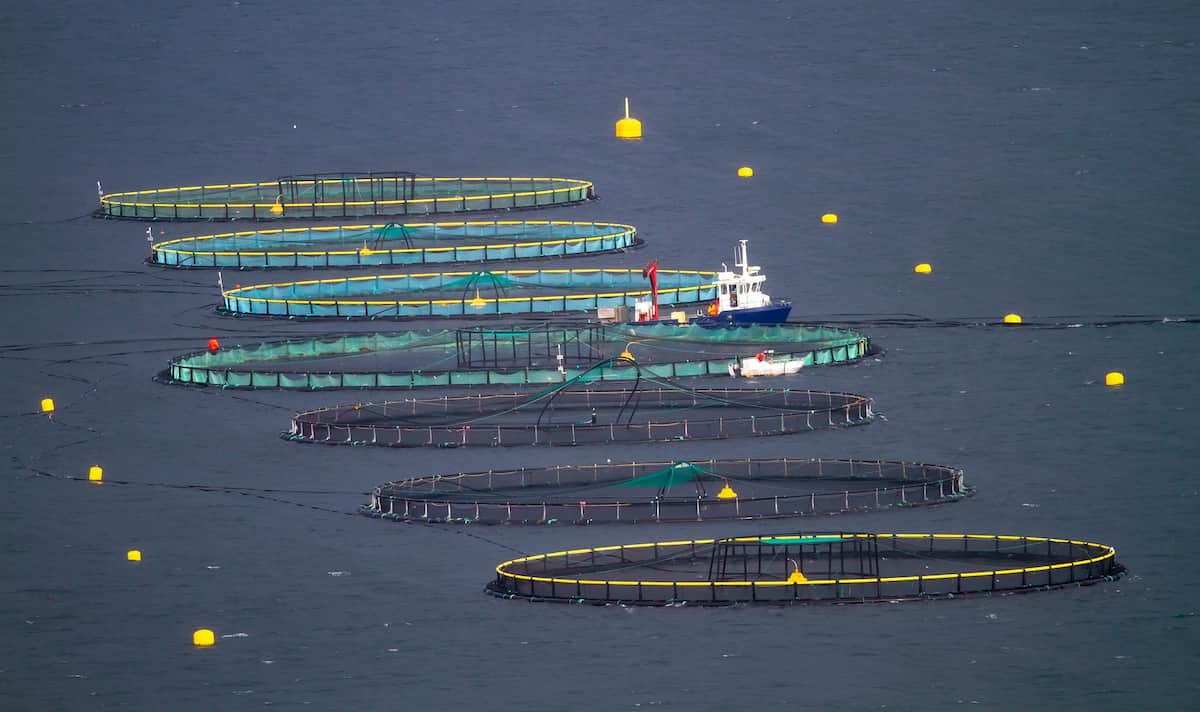
Caring & other management tips for shrimp farming in New Zealand
- Create the right environment – Shrimp thrive in warm, saltwater conditions with plenty of oxygen. Make sure your shrimp farm is located where these conditions can be met.
- Provide adequate food – Shrimp are omnivorous and require a diet of both plant and animal matter. Therefore, you will need to provide a balanced diet of pellets, live food, and frozen food to ensure your shrimp stay healthy.
- Monitor water quality – Water quality is crucial for shrimp health, so make sure you regularly test the temperature, salinity, and dissolved oxygen levels in your farm pond. Ammonia and nitrite levels should also be kept low.
- Keep an eye on predators – Predators such as eels, crabs, and fish can threaten your shrimp population, so it is important to keep them out of your pond with nets or fences if necessary.
- Manage diseases – Several diseases can affect shrimp, so it is important to be aware of the signs and symptoms of these diseases and have a treatment plan in place if necessary.
Shrimp farming challenges in New Zealand
One challenge is the potential for shrimp farms to impact the environment. For example, shrimp farms can generate large amounts of wastewater, polluting nearby waterways and affecting marine life. There is also the potential for shrimp farms to spread diseases and parasites to wild populations of shrimp and other marine animals. Another challenge facing shrimp farmers is the high cost of production. Shrimp are a relatively expensive seafood item, and shrimp farming requires significant investment in infrastructure and equipment.
Additionally, due to the sensitive nature of shrimp larvae, survival rates can be low, meaning that farmers often have to produce more shrimp than they ultimately sell. These challenges mean that shrimp farming is not without risk. However, with proper planning and management, these risks can be minimized, allowing shrimp farmers to continue to contribute to the economy and communities of New Zealand.
Shrimp farming loans and subsidies in New Zealand
Shrimp farming is a booming industry in New Zealand, with farmers able to access loans and subsidies to help set up their businesses. The industry has been growing rapidly in recent years, with shrimp farms popping up all over the country.
Shrimp farming is a relatively new industry in New Zealand, having only started to take off in the last few years. However, it has already become an important part of the economy, with farmers able to access loans and subsidies to help set up their businesses. The industry has been growing rapidly in recent years, with shrimp farms popping up all over the country.
In case you missed it: How to Start Rabbit Farming in Newzealand: Business Plan, Key Rules, Setup-cost, Profit, and Management
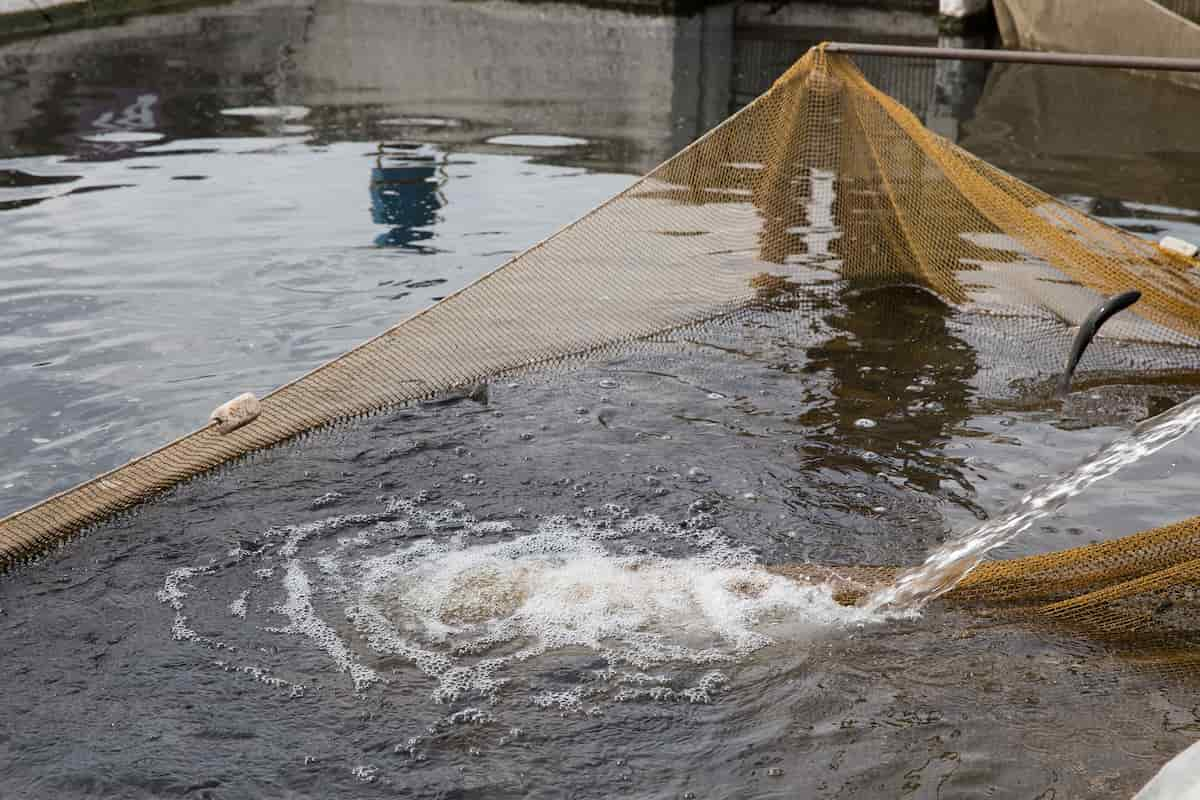
Harvesting and processing of shrimp in New Zealand
- Hatchery: In this stage, shrimp eggs are hatched, and young shrimp are reared in specialized facilities. This usually occurs in offshore nurseries, where the young shrimp are grown until they are ready to be transferred to onshore grow-out farms.
- Grow-out: The onshore grow-out farms are where the young shrimp are raised to adulthood. This process usually takes around six to eight months, during which time the shrimp are fed a specially formulated diet and monitored closely for signs of disease or stress.
- Processing: Once the shrimp have reached adulthood, they are harvested and processed for sale. This usually involves cleaning and packing the shrimp for transport to markets.
- Marketing: The final stage of the process is marketing the shrimp to buyers. This can be done through wholesale channels or direct to consumers via retailers or online sales platforms.
Conclusion
Shrimp farming in New Zealand is an important source of food security, economic growth, biodiversity protection, and environmental sustainability. New Zealand’s climate and water resources make it an ideal location for shrimp farming, and the industry has flourished in recent years.
- Types of Pesticides Used in Agriculture: A Beginner’s Guide
- Economical Aquaculture: A Guide to Low-Budget Fish Farming
- 15 Common Planting Errors That Can Doom Your Fruit Trees
- How to Make Houseplants Bushy: Effective Tips and Ideas
- Innovative Strategies for Boosting Coconut Pollination and Yield
- Pollination Strategies for Maximum Pumpkin Yield
- The Complete Guide to Chicken Fattening: Strategies for Maximum Growth
- Natural Solutions for Tulip Problems: 100% Effective Remedies for Leaf and Bulb-Related Issues
- Revolutionizing Citrus Preservation: Towards a Healthier, Greener Future
- Natural Solutions for Peony Leaf and Flower Problems: 100% Effective Remedies
- Maximizing Profits with Avocado Contract Farming in India: A Comprehensive Guide
- Natural Solutions for Hydrangea Problems: 100% Effective Remedies for Leaf and Flowers
- The Ultimate Guide to Choosing the Perfect Foliage Friend: Bringing Life Indoors
- From Sunlight to Sustainability: 15 Ways to Use Solar Technology in Agriculture
- The Ultimate Guide to Dong Tao Chicken: Exploring from History to Raising
- The Eco-Friendly Makeover: How to Convert Your Unused Swimming Pool into a Fish Pond
- Mastering the Art of Delaware Chicken Farming: Essentials for Healthy Backyard Flocks
- 20 Best Homemade Fertilizers for Money Plant: DIY Recipes and Application Methods
- How to Craft a Comprehensive Free-Range Chicken Farming Business Plan
- Brighten Your Flock: Raising Easter Egger Chickens for Beauty and Bounty
- How to Optimize Your Poultry Egg Farm Business Plan with These Strategies
- Subsidy for Spirulina Cultivation: How Indian Government Schemes Encouraging Spirulina Farmers
- Ultimate Guide to Raising Dominique Chickens: Breeding, Feeding, Egg-Production, and Care
- Mastering the Art of Raising Jersey Giant Chickens: Care, Feeding, and More
- Ultimate Guide to Raising Legbar Chickens: Breeding, Farming Practices, Diet, Egg-Production
- How to Raise Welsummer Chickens: A Comprehensive Guide for Beginners
- How to Protect Indoor Plants in Winter: A Comprehensive Guide
- Ultimate Guide to Grow Bag Gardening: Tips, Tricks, and Planting Ideas for Urban Gardeners
- Guide to Lotus Cultivation: How to Propagate, Plant, Grow, Care, Cost, and Profit
- Agriculture Drone Subsidy Scheme: Government Kisan Subsidy, License, and How to Apply Online
- Ultimate Guide to Raising Araucana Chickens: Breed Profile, Farming Economics, Diet, and Care
- Bringing Hydroponics to Classroom: Importance, Benefits of Learning for School Students
- Ultimate Guide to Raising Polish Chickens: Breed Profile, Farming Economics, Diet, and Care
- Ultimate Guide to Raising Australorp Chickens: Profile, Farming Economics, Egg Production, Diet, and Care
- Silkie Chicken Farming: Raising Practices, Varieties, Egg Production, Diet, and Care
- Sussex Chicken Farming: Raising Practices, Varieties, Egg Production, Diet and Care